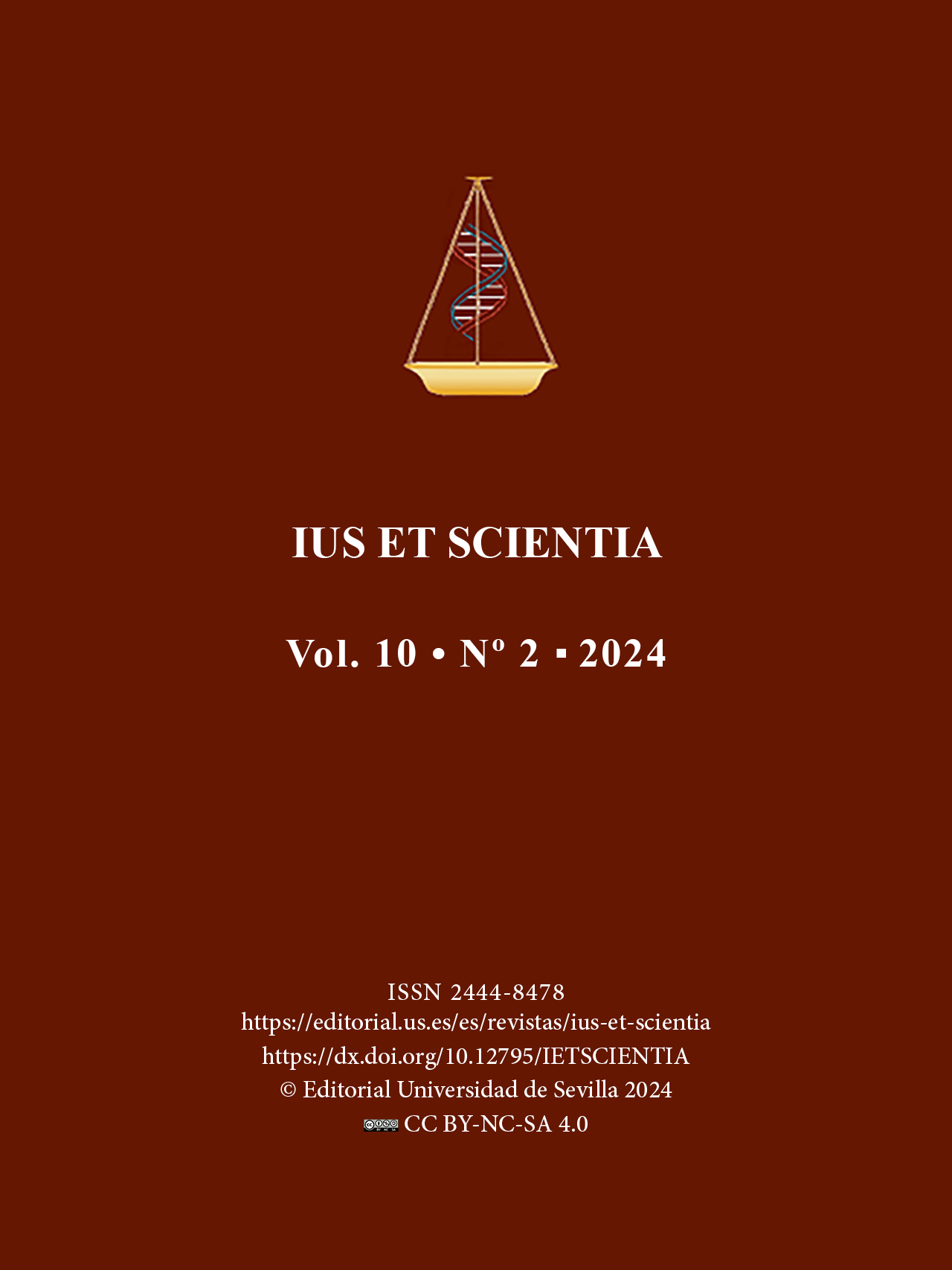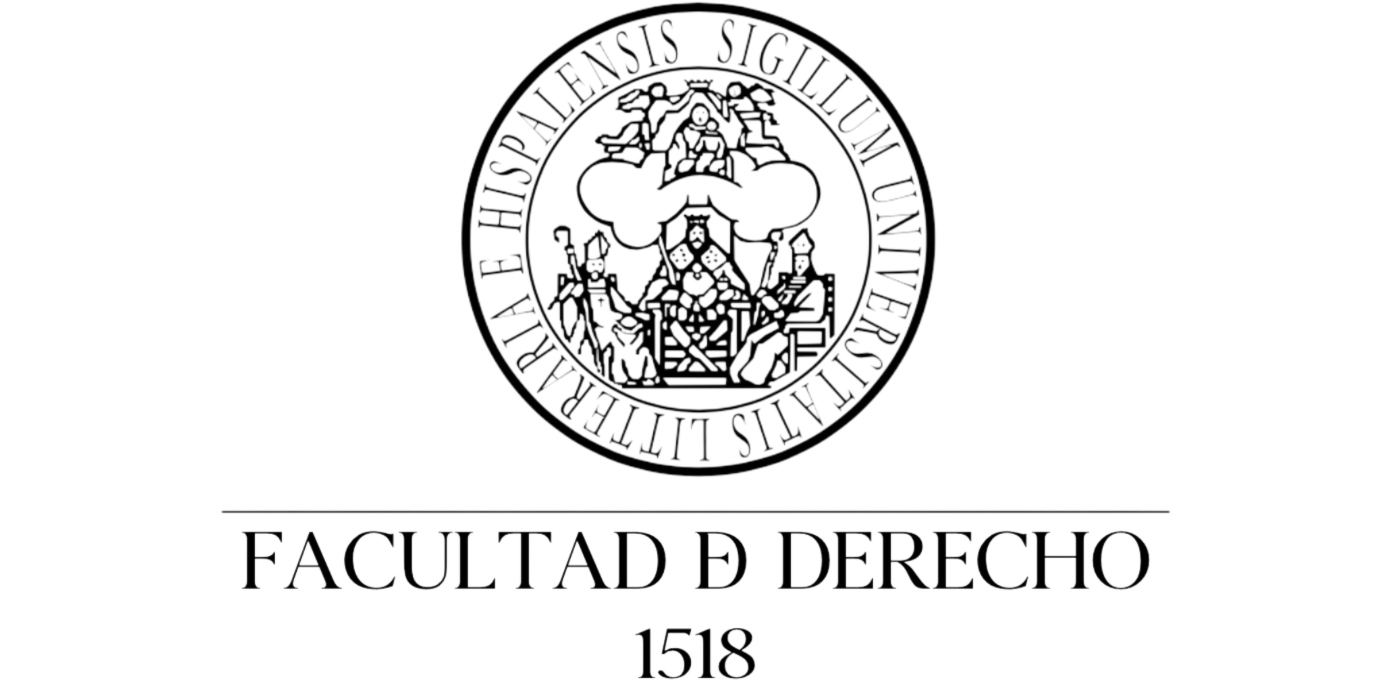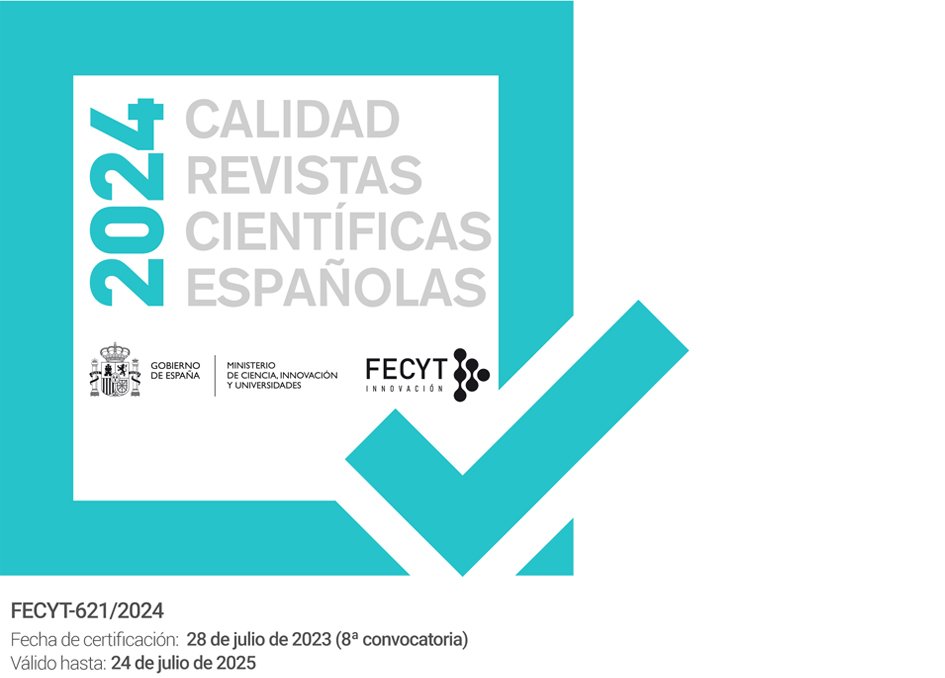Neuroimaging and Criminal Liability: Perspectives and Challenges
DOI:
https://doi.org/10.12795/IESTSCIENTIA.2024.i02.07Keywords:
Neuroimaging, Criminal liability, Mens rea, Actus reus, Judicial ethics, Magnetic resonance imaging, Functional resonance imaging, Neuroscientific evidence, Criminal lawAbstract
This article discusses the use of neuroimaging in assessing criminal liability, highlighting its prospects and challenges in the legal arena. Advanced techniques such as magnetic resonance imaging (MRI) and functional magnetic resonance imaging (fMRI) are explored, focusing on their ability to map the brain and assess mens rea (criminal intent) and consciousness during the commission of crimes. The paper is divided into sections covering the interpretation of legal concepts using neuroimaging, the associated ethical and practical dilemmas, and the technical limitations of these technologies. In addition, the relevance of neuroimaging in criminal cases is discussed, assessing its impact on jurisprudence and the need for careful and ethical integration in judicial processes. This interdisciplinary approach seeks to promote a more informed and equitable criminal justice, considering both technological advances and the fundamental rights of individuals.
Downloads
References
Legislación
Criminal Justice Act 2003.
Criminal Procedure (Insanity) Act 1964.
Evidence Act 1995.
Mental Health Act 1983.
United Nations General Assembly, 1948. Universal Declaration of Human Rights. [en línea] Disponible en: http://www.un.org/en/universal-declaration-human-rights/ [Consultado el 13 mayo 2024].
United Nations General Assembly, 1991. Principles for the Protection of Persons with Mental Illness and the Improvement of Mental Health Care. [en línea] Disponible en: https://www.ohchr.org/en/instruments-mechanisms/instruments/principles-protection-persons-mental-illness-and-improvement-mental [Consultado el 13 mayo 2024].
Jurisprudencia
Daubert v Merrell Dow Pharmaceuticals, Inc (1993) 509 US 579.
Dugan v State (2009) 124 Nev 512.
People v Weinstein (1992) 156 Misc 2d 34.
R v Burgess [1991] 2 WLR 1206.
R v Chan Fook [1994] 1 WLR 689.
R v Falconer [1990] 1 WLR 623.
R v Hennessy [1989] 1 WLR 287.
R v T [2009] EWCA Crim 1035.
State of Florida v Bradley (2007) 917 So 2d 1065.
State v Mack (2005) 2005-Ohio-6131.
Taxquet v Belgium [2010] ECHR 1806.
United States v Semrau (2010) 2010 WL 6845092.
Fuentes secundarias
Aharoni, E., et al. (2008). Can neurological evidence help courts assess criminal responsibility? Lessons from law and neuroscience. Annals of the New York Academy of Sciences, 1124(1), 145–160. https://doi.org/10.1196/annals.1440.007
Altimus, C. M. (2017). Neuroscience has the power to change the criminal justice system. eNeuro, 3(6), ENEURO.0362-16.2016. https://doi.org/10.1523/ENEURO.0362-16.2016
Aono, D., et al. (2019). Neuroscientific evidence in the courtroom: a review. Cognitive Research: Principles and Implications, 4(1), 40. https://doi.org/10.1186/s41235-019-0179-y
Arnason, G. (2010). Neuroimaging, uncertainty, and the problem of dispositions. Cambridge Quarterly of Healthcare Ethics, 19(2), 188–195. https://doi.org/10.1017/S0963180109990454
Arrigo, B. A. (2007). Punishment, freedom, and the culture of control: The case of brain imaging and the law. American Journal of Law & Medicine, 33(2–3), 457–482. https://doi.org/10.1177/009885880703300213b
Bellucci, G., et al. (2017). Effective connectivity of brain regions underlying third-party punishment: Functional MRI and Granger causality evidence. Social Neuroscience, 12(2), 124–134. https://doi.org/10.1080/17470919.2016.1153518
Brown, E. (2019a, September 4). Why neuroscience is coming to courtrooms. Discover Magazine. https://www.discovermagazine.com/mind/why-neuroscience-is-coming-to-courtrooms (Accessed: 20 February 2024).
Brown, E. (2019b, September 7). Is neurolaw coming soon to a courtroom near you? Scientific American. https://www.scientificamerican.com/article/is-neurolaw-coming-soon-to-a-courtroom-near-you/ (Accessed: 15 March 2024).
Cáceres Nieto, E., et al. (2021). Neuroética y neuroderechos. Revista del Posgrado en Derecho de la UNAM, 8(15), Julio-Diciembre. https://doi.org/10.22201/ppd.26831783e.2021.15.179
Dresser, R. (2010). Brain imaging and courtroom deception. The Hastings Center Report, 40(6), 7–8. https://doi.org/10.1002/j.1552-146X.2010.tb00066.x
Gkotsi, G. M., et al. (2019). Neuroimaging in criminal trials and the role of psychiatrists expert witnesses: A case study. International Journal of Law and Psychiatry, 65, article number 101359. https://doi.org/10.1016/j.ijlp.2018.05.007
Greene, E., & Cahill, B. S. (2012). Effects of neuroimaging evidence on mock juror decision making. Behavioral Sciences & the Law, 30(3), 280–296. https://doi.org/10.1002/bsl.1993
Gurley, J. R., & Marcus, D. K. (2008). The effects of neuroimaging and brain injury on insanity defenses. Behavioral Sciences & the Law, 26(1), 85–97. https://doi.org/10.1002/bsl.797
Hafner, M. (2019). Judging homicide defendants by their brains: an empirical study on the use of neuroscience in homicide trials in Slovenia. Journal of Law and Biosciences, 6(1), 226–254. https://doi.org/10.1093/jlb/lsz006
Hardcastle, V. G., & Lamb, E. (2018). What difference do brain images make in US criminal trials? Journal of Evaluation in Clinical Practice, 24(4), 909–915. https://doi.org/10.1111/jep.12932
Henry, S., & Plemmons, D. (2012). Neuroscience, neuropolitics and neuroethics: The complex case of crime, deception and FMRI. Science and Engineering Ethics, 18(3), 573–591. https://doi.org/10.1007/s11948-012-9393-4
Ienca, M., & Andorno, R. (2017). Towards new human rights in the age of neuroscience and neurotechnology. Life Sciences, Society and Policy, 13(1), 5. https://doi.org/10.1186/s40504-017-0050-1
Jones, O. D. (2022). The future of law and neuroscience. William and Mary Law Review, 63(4), 1317–.
Klapwijk, E. T., et al. (2016). Fairness decisions in response to emotions: a functional MRI study among criminal justice-involved boys with conduct disorder. Social Cognitive and Affective Neuroscience, 11(4), 674–682. https://doi.org/10.1093/scan/nsv150
Krueger, F., et al. (2014). An fMRI investigation of the effects of belief in free will on third-party punishment. Social Cognitive and Affective Neuroscience, 9(8), 1143–1149. https://doi.org/10.1093/scan/nst092
Ligthart, S. L. T. J. (2019). Coercive neuroimaging, criminal law, and privacy: an European perspective. Journal of Law and the Biosciences, 6(1), 289–309. https://doi.org/10.1093/jlb/lsz015
Markowitsch, H. J., & Staniloiu, A. (2011). Neuroscience, neuroimaging and the law. Cortex, 47(10), 1248–1251. https://doi.org/10.1016/j.cortex.2011.06.013
Nestor, P. G. (2019). In defense of free will: Neuroscience and criminal responsibility. International Journal of Law and Psychiatry, 65, 101344. https://doi.org/10.1016/j.ijlp.2018.04.004
Patel, P., et al. (2007). The role of imaging in United States courtrooms. Neuroimaging Clinics of North America, 17(4), 557–567. https://doi.org/10.1016/j.nic.2007.07.001
Raine, A., et al. (1998). Reduced prefrontal and increased subcortical brain functioning assessed using positron emission tomography in murderers. Behavioral Sciences & the Law, 16(3), 319–332. https://doi.org/10.1002/(SICI)1099-0798(199822)16:3
Saks, M. J., et al. (2014). The impact of neuroimages in the sentencing phase of capital trials. Journal of Empirical Legal Studies, 11(1), 105–131. https://doi.org/10.1111/jels.12036
Schweitzer, N. J., & Saks, M. J. (2011). Neuroimage evidence and the insanity defense. Behavioral Sciences & the Law, 29(4), 592–607. https://doi.org/10.1002/bsl.995
Snow, C. P. (1959). The two cultures and the scientific revolution. Cambridge: Cambridge University Press.
Stevens, G. P. (2020). My brain made me do it? Reflections on the role of neuroscience in assessing criminal responsibility - a South African medico-legal perspective. Psychiatry, Psychology, and Law, 27(2), 202–213. https://doi.org/10.1080/13218719.2019.1688131
Published
How to Cite
Issue
Section
License
Copyright (c) 2024 Enric Mallorqui-Ruscalleda

This work is licensed under a Creative Commons Attribution-NonCommercial-ShareAlike 4.0 International License.
Those authors being published in this journal agree to the following terms:
- Authors retain their copyright and they will guarantee to the journal the right of first publication of their work, which will be simultaneously subject to license recognition by Creative Commons that allows others to share such work provided it is stated the author’s name and his first publishing in IUS ET SCIENTIA.
- Authors may take other non-exclusive distribution license agreements version of the published work (e.g. deposit in an institutional digital file or publish it in a monographic volume) provided it is stated the initial publication in this journal.
- It is allowed and encouraged that Author s disseminate their work via the Internet (e. g. institutional digital files or on their website) prior to and during the submission process, which can lead to interesting exchanges and to increase citation of the published work.
- Abstract 111
- PDF (Español (España)) 107
- HTML (Español (España)) 26






